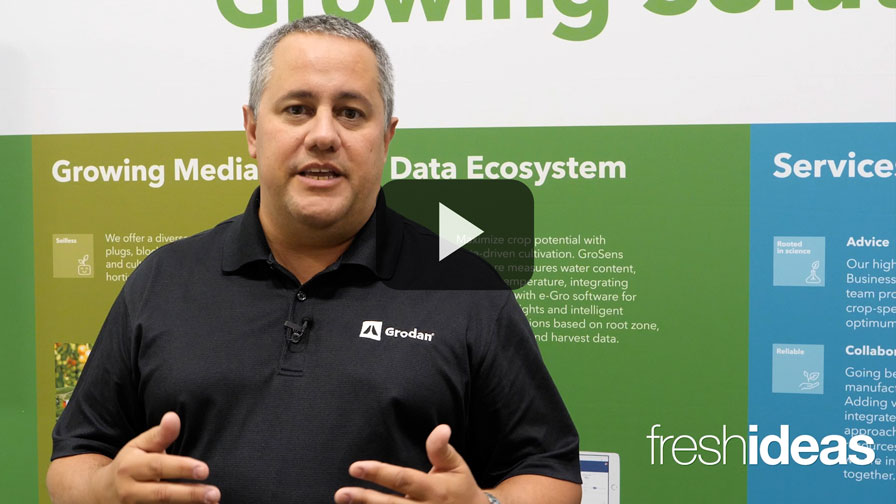Why Growing Tiny Tomatoes Could Yield Big Profits for Urban Ag
Urban agriculture offers many benefits for food production but often has higher costs relative to traditional farming and is limited to only a few crops.
Robert Jinkerson, an Assistant Professor of chemical and environmental engineering at UC Riverside, is working to change this by engineering the size and nutritional value of tomato plants to increase both the diversity and value of crops that can be grown in urban controlled environment agriculture, or CEA.
Jinkerson has received a $450,000 New Innovator grant from the Foundation for Food & Agriculture Research, or FFAR, to advance this research. FFAR’s New Innovator in Food & Agriculture Research Award provides early career scientists with funding to conduct audacious food and agriculture research.
“Urban controlled environment agriculture can offer many benefits for the production of crops and is likely to supply more food in the future as worldwide food demand increases,” Jinkerson says.
Often these urban CEA systems are designed to have plant growth areas stacked vertically to save space. However, this also decreases the height available for plant growth, limiting the size of crops that can be cultivated in vertical farms to small leafy greens.
“In order to overcome these size limitations and to increase the variety of crops that can be grown in vertical farms, we are engineering tomato plants to have a small stature and are optimized for this unique growing environment,” adds Jinkerson, who uses CRISPR/Cas-9 gene editing to modulate key genes involved in plant development and architecture.
In addition to reducing the size of plants, this project will also increase the nutritional value of these crops by increasing their vitamin content, making urban agriculture more profitable.
For more, continue reading at news.ucr.edu.








